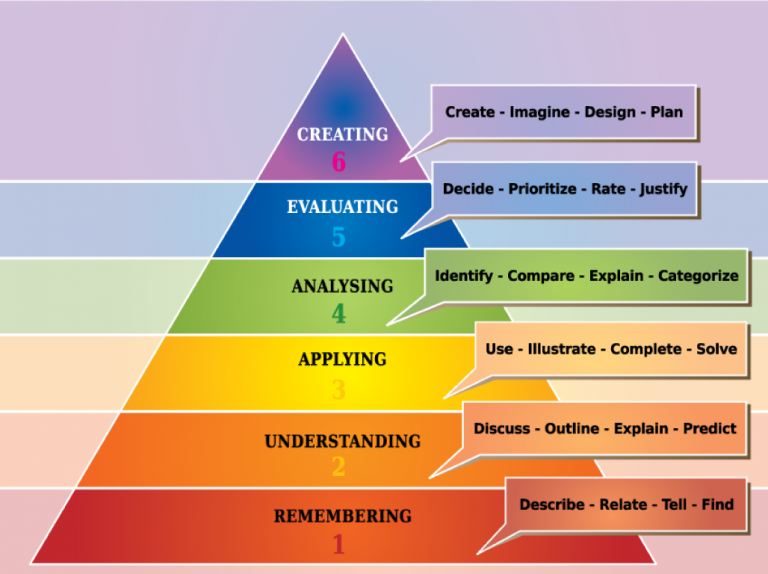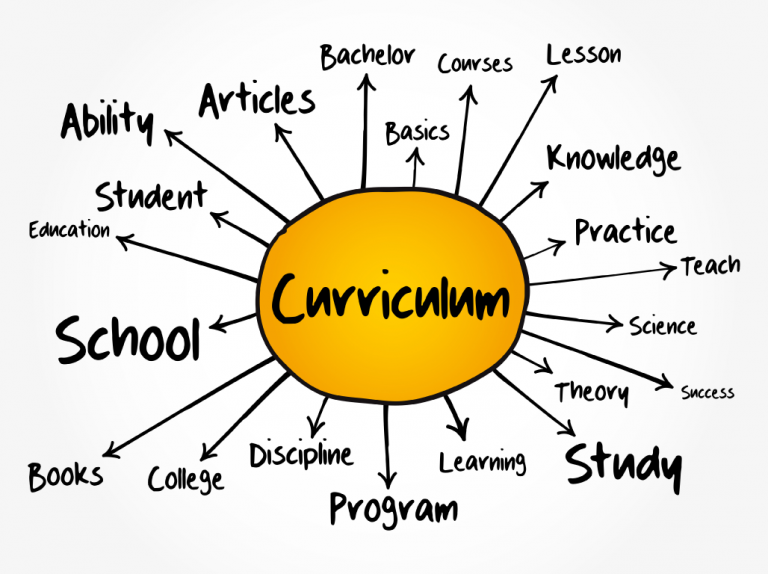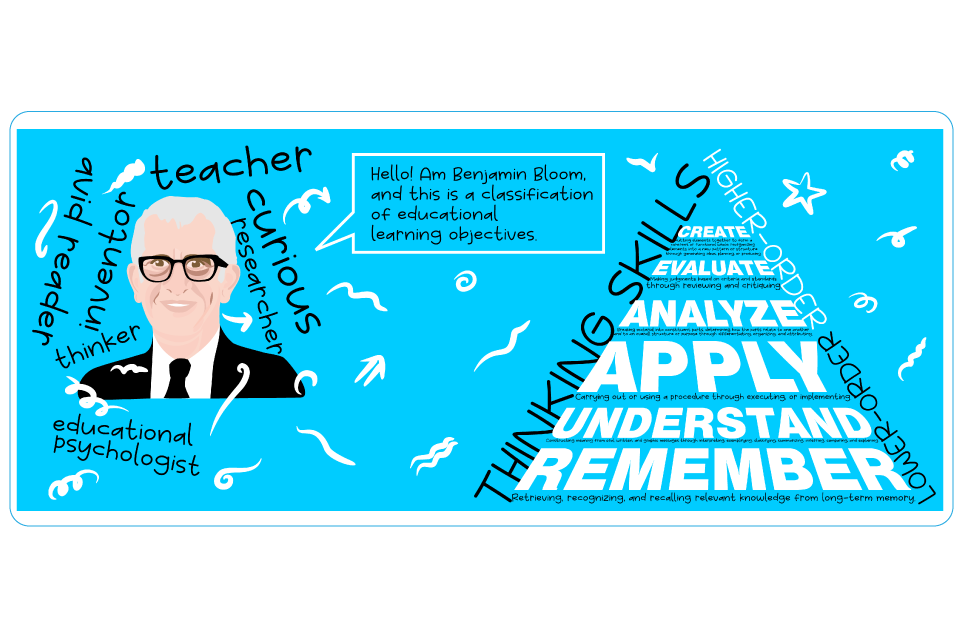Introduction to Understanding Bloom's Taxonomy
In the realm of education, effective teaching and learning strategies are essential for fostering student growth. One such framework that has greatly influenced educational practices is Bloom’s Taxonomy. Understanding Bloom’s Taxonomy is essential for all educators. Developed by Benjamin Bloom in the 1950s, Bloom’s Taxonomy provides a hierarchical classification of cognitive skills and learning objectives, offering educators a structured approach to curriculum design, instruction, and assessment. Let’s delve into the different levels of Bloom’s Taxonomy and explore its significance in enhancing academic learning across various disciplines.
1. Defining Bloom's Taxonomy
Bloom’s Taxonomy consists of six hierarchical levels of cognitive skills, organized from lower-order thinking skills to higher-order thinking skills:

Level 1: Remembering
At the base of Bloom’s Taxonomy lies the remembering level, which involves recalling facts, terms, and basic concepts. This foundational level lays the groundwork for higher-order thinking skills by establishing a knowledge base upon which further learning can be built. In academic settings, remembering is often assessed through activities such as memorization exercises, quizzes, and factual recall questions.
Level 2: Understanding
Moving up the taxonomy, the understanding level requires students to grasp the meaning of information and demonstrate comprehension of concepts. This level goes beyond mere memorization to encompass interpretation, summarization, and explanation of ideas. In academia, fostering understanding involves engaging students in activities that promote critical thinking, such as analyzing texts, interpreting data, and explaining concepts in their own words.
Level 3: Applying
The applying level of Bloom’s Taxonomy involves using acquired knowledge and understanding to solve problems, complete tasks, or apply concepts in new contexts. This level emphasizes practical application and transfer of learning, encouraging students to demonstrate their ability to use what they have learned in real-world situations. In academic settings, applying may involve conducting experiments and case studies, or engaging in hands-on projects that require the application of acquired knowledge and skills.
Level 4: Analyzing
At the analyzing level, students are challenged to break down complex information into its constituent parts, identify patterns and relationships, and draw connections between ideas. This level of cognitive engagement fosters critical thinking and problem-solving skills, enabling students to interpret and dissect information from multiple perspectives. In academia, analyzing may involve conducting research, deconstructing arguments, or evaluating the validity of evidence to support a claim.
Level 5: Evaluating
The evaluating level requires students to make judgments, assess the value or significance of information, and justify their conclusions based on criteria and standards. This level of cognitive engagement involves synthesizing information, weighing evidence, and making informed decisions. In academic settings, evaluating may involve critiquing scholarly articles, debating conflicting viewpoints, or assessing the credibility of sources.
Level 6: Creating
At the pinnacle of Bloom’s Taxonomy lies the creating level, which involves generating new ideas, designing original solutions, and producing novel artifacts. This highest level of cognitive engagement requires students to apply their knowledge and skills in innovative ways to create something new or solve complex problems. In academia, creating may involve designing experiments, developing innovative solutions to real-world problems, or producing original works of art, literature, or research.
2. Application in Curriculum Design
Understanding Bloom’s Taxonomy allows educators to design curriculum and learning activities that promote higher-order thinking skills. By aligning learning objectives with the cognitive levels of Bloom’s Taxonomy, teachers can create meaningful and engaging learning experiences that cater to diverse learning needs. For example, when designing a science curriculum, teachers may start with lower-order objectives such as identifying basic scientific principles, under Remembering, and progress to higher-order objectives such as designing experiments to test hypotheses or the level.

3. Instructional Strategies
Bloom’s Taxonomy guides the selection of instructional strategies that scaffold students’ learning progression through the cognitive levels. Teachers, understanding Bloom’s Taxonomy, incorporate a variety of teaching methods, such as direct instruction, group discussions, hands-on activities, and project-based learning. These approaches address different levels of cognitive complexity and cater to diverse learning styles. For instance, to promote understanding, teachers may use concept mapping or graphic organizers to visually represent relationships between ideas. To foster creativity, teachers may facilitate collaborative projects where students design and execute their experiments or develop innovative solutions to real-world problems.
4. Assessment and Evaluation
Assessment tasks and evaluation criteria are aligned with Bloom’s Taxonomy to measure students’ attainment of learning objectives across the cognitive levels. Assessments may include a mix of formative assessments such as quizzes and discussions, as well as summative assessments, such as projects and exams, which require students to demonstrate various levels of cognitive skills. By designing assessments that encompass all levels of Bloom’s Taxonomy, educators can effectively gauge students’ mastery of content knowledge, critical thinking abilities, and creativity.
Conclusion
Bloom’s Taxonomy provides educators with a systematic framework for designing curriculum, developing instructional strategies, and assessing student learning outcomes. By incorporating the different levels of Bloom’s Taxonomy into their teaching practices, educators can foster deeper learning, critical thinking, and creativity among their students, ultimately preparing them for success in academics and real-world contexts. As we continue to explore innovative approaches to education, Bloom’s Taxonomy remains a valuable tool for enhancing academic learning and promoting student achievement.

